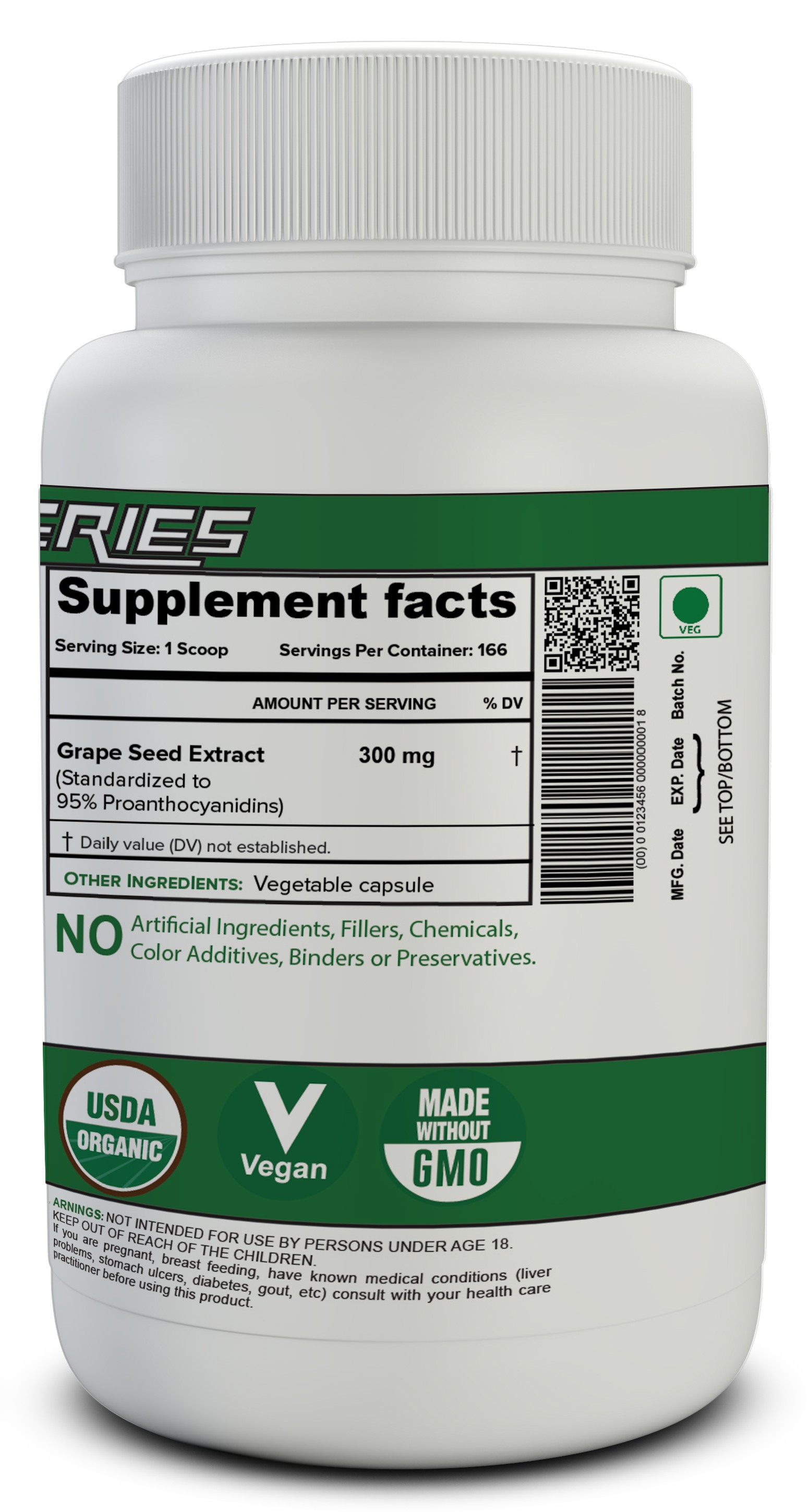

aureus at MIC values of 0.625 mg/mL and MCC at 1.25 mg/mL. The grape seed extract was effective against both strains of S. This method has been used to measure the antimicrobial properties of essential oils extracted from various herbs.

In this study the determination of MIC and MCC was based on the modified Millipore membrane agar dilution method. Different quantitative tests, such as broth dilution, agar dilution, and gradient dilution, are available to measure the lowest concentrate of a reagent that inhibits the visible growth of test microbes, ie. MIC and MCC tests were performed on the micro-organisms which were susceptible to the effects of the grape seed extract, namely S. However the reagent showed minimal or no reactivity against E. aureus with inhibition zones of 12.5 mm to 7 mm. The disk diffusion test revealed that grape seed extracts showed moderate activity against both strains of S. The disk agar diffusion method is considered to be a standard screening test to check the antimicrobial activity of a reagent. This study deals with the antimicrobial effects of “Breko exGrape seed OPC 30” grape seed extract on the most commonly found microflora that exists around infected skin-abutment interface of craniofacial implants and its future prospects. More researches based on grape seed extract can be beneficial to gain more knowledge towards its potential in medicinal science. aureus was noted at concentration of 3 mg/mL crude grape seed proanthrocyanide extract. Complete inhibition of 43 clinical strains of Methicillin resistant S. In presence of 1 mg/mL, 99% inhibition was reported with no further bacterial recovery. A similar grape seed extract product IH636 was tested against 21 strains of gram positive and gram negative cocci which showed gram positive cocci to be more susceptible, especially S. Grape seed extract obtained from grapes grown in Hasandede, Emir and Kalecik Karasi wine cultivars in Turkey showed concentrations of 2.5%- 5% exhibited the most inhibitory effect against a wide variety of microorganisms including E. It has been reported that grape contains a large amount of phenolic compounds, especially the seed which is considered to contain 60%-70% of the total phenolic content of the fruit, comprising of monomeric phenolic compounds such as (+)-cathechins, (-)-epicatechin and (-)-epicatechin-3-o-gallate, and dimeric, trimeric and tetrameric procyanidins. Grape ( Vitis viniferea) is one of the most palatably edible fruits, grown all over the world and is considered to have many nutritional and medicinal properties. Recently there have been many research focused towards the antimicrobial properties of herbal products. parapsilosis) have also been found from these sites. Few isolated strains of Escherichia coli ( E.coli), Klebsiella pneumonia ( K. Many microbiological studies have shown Staphylococcus aureus to be a common isolate from infected craniofacial implant-abutment interface.
GRAPE SEED EXTRACT SKIN
A lack of proper hygiene maintenance along with the compromised skin interface can lead to change in the resident skin microflora. It has been noted that the seal is more dynamic in nature comprising of inflammatory cells, and dependent on the load of the implant site from the host response to the implant material, surface, stability, exogenous agents, and mechanical factors. Histological studies of the peri-implant abutment skin interface have shown that there is a lack of strong physical barrier between the soft tissue and the implants. In light to these benefits there are related complications to implant retained prosthesis, importantly tissue reactions of the implant skin interface. The greater retention that these implant retained facial prosthesis offer provide a great boost to the patient's psychology and overcomes the limitations of adhesives such as adhesive related skin irritation, breakdown and discoloration of the margins of the prosthesis, lack of retention for large prosthesis, and variable positioning of the prosthesis.

Furthermore, the use of craniofacial implants offers patients with the state of the art treatment for rehabilitation of facial defects. With the development of newer materials such as silicone elastomers and medical adhesives the prosthetic rehabilitation of the lost body parts has been considered as an acceptable treatment option for patients with craniofacial defects and may be preferable to complex surgical reconstruction. Previously the rehabilitation of facial defects had been limited or poorly accepted due to inadequacy of materials and retention. Maxillofacial defects may be a resultant of treatment consequence of neoplasm, trauma and or congenital defects.


 0 kommentar(er)
0 kommentar(er)
